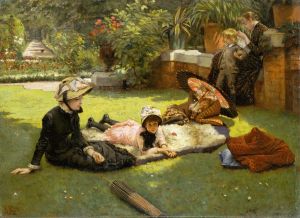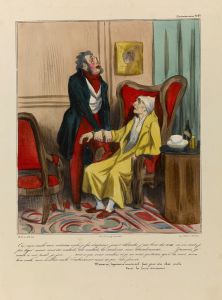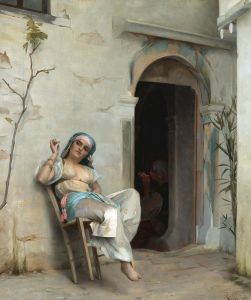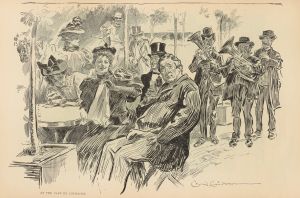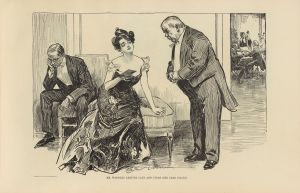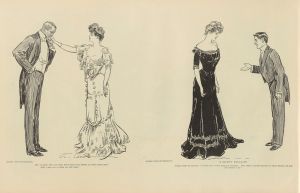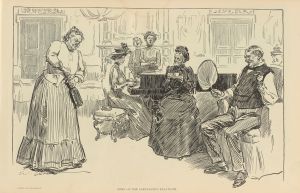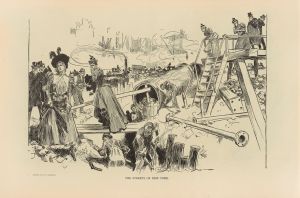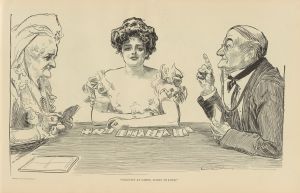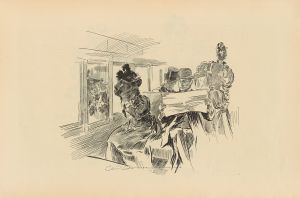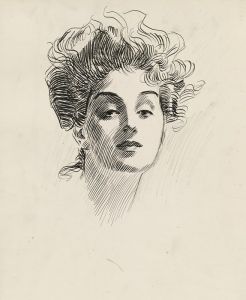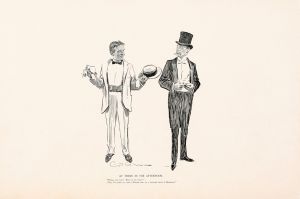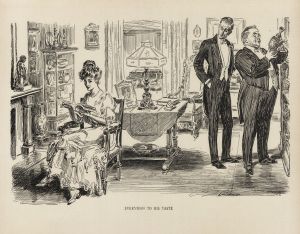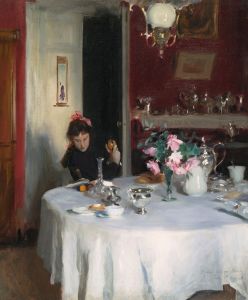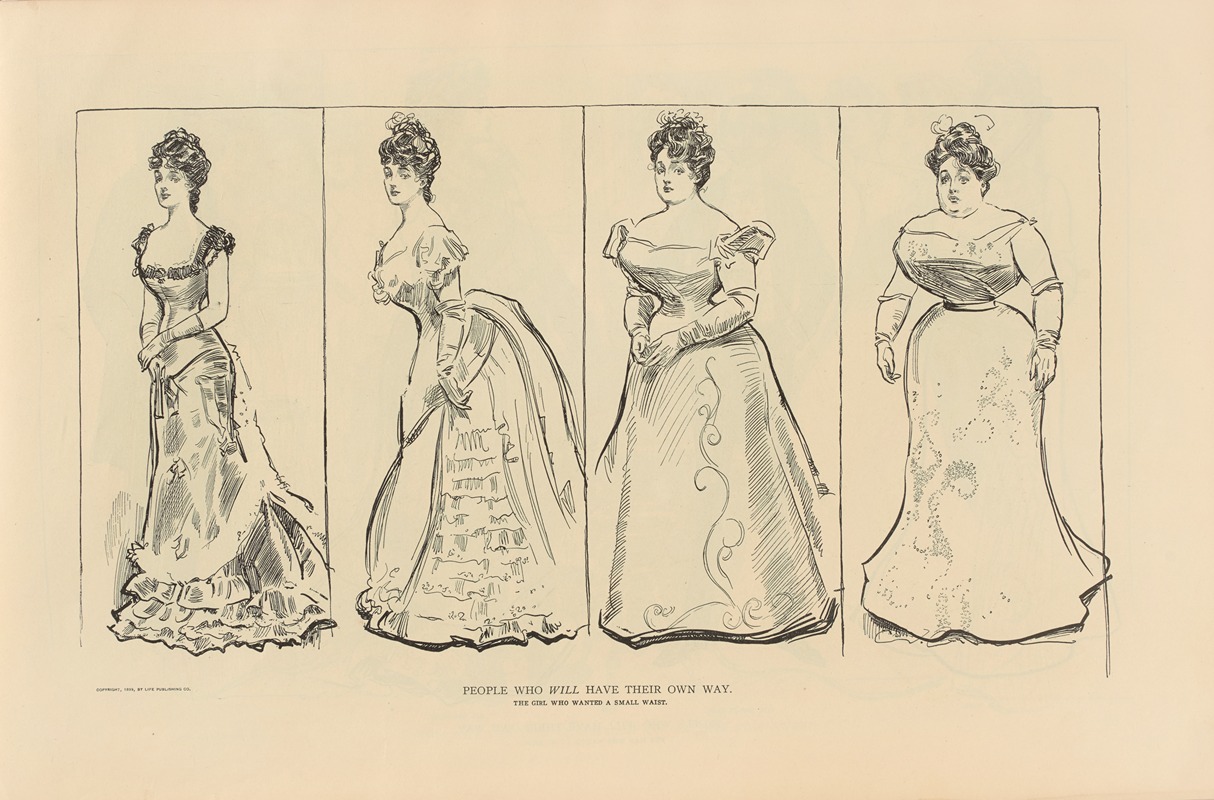
People who will have their own way. The girl who wanted a small waist
A hand-painted replica of Charles Dana Gibson’s masterpiece People who will have their own way. The girl who wanted a small waist, meticulously crafted by professional artists to capture the true essence of the original. Each piece is created with museum-quality canvas and rare mineral pigments, carefully painted by experienced artists with delicate brushstrokes and rich, layered colors to perfectly recreate the texture of the original artwork. Unlike machine-printed reproductions, this hand-painted version brings the painting to life, infused with the artist’s emotions and skill in every stroke. Whether for personal collection or home decoration, it instantly elevates the artistic atmosphere of any space.
"People who will have their own way. The girl who wanted a small waist" is an illustration created by Charles Dana Gibson, an influential American artist and illustrator best known for his iconic "Gibson Girl" drawings. This particular work is part of Gibson's satirical commentary on societal norms and beauty standards during the late 19th and early 20th centuries.
Charles Dana Gibson (1867–1944) rose to prominence in the late 19th century, becoming one of the most celebrated illustrators of his time. His "Gibson Girl" series, which debuted in the 1890s, depicted an idealized version of the modern, independent American woman. These illustrations were widely published in magazines such as Life, Harper's Weekly, and Collier's Weekly, and they played a significant role in shaping public perceptions of femininity and fashion during the Gilded Age and the Progressive Era.
The illustration "People who will have their own way. The girl who wanted a small waist" reflects Gibson's sharp wit and his ability to critique societal trends. It portrays a young woman who has tightly corseted her waist to achieve the exaggerated hourglass figure that was fashionable at the time. Corsetry was a common practice among women in the late 19th and early 20th centuries, often promoted as a way to enhance femininity and elegance. However, the physical consequences of tight-lacing, such as restricted breathing and internal organ damage, were well-documented and increasingly criticized by health reformers and advocates of dress reform.
Gibson's work often walked the line between admiration and satire. While his "Gibson Girls" were celebrated as symbols of beauty, sophistication, and independence, they also served as a critique of the rigid societal expectations placed on women. In this particular illustration, the exaggerated proportions of the woman's waist highlight the absurdity of extreme beauty standards, inviting viewers to question the lengths to which individuals might go to conform to societal ideals.
"People who will have their own way. The girl who wanted a small waist" is part of a broader cultural conversation about gender roles, fashion, and individuality during Gibson's era. The illustration remains a notable example of how art can both reflect and challenge societal norms. Today, it is often studied as a historical artifact that provides insight into the cultural attitudes and practices of the time.





